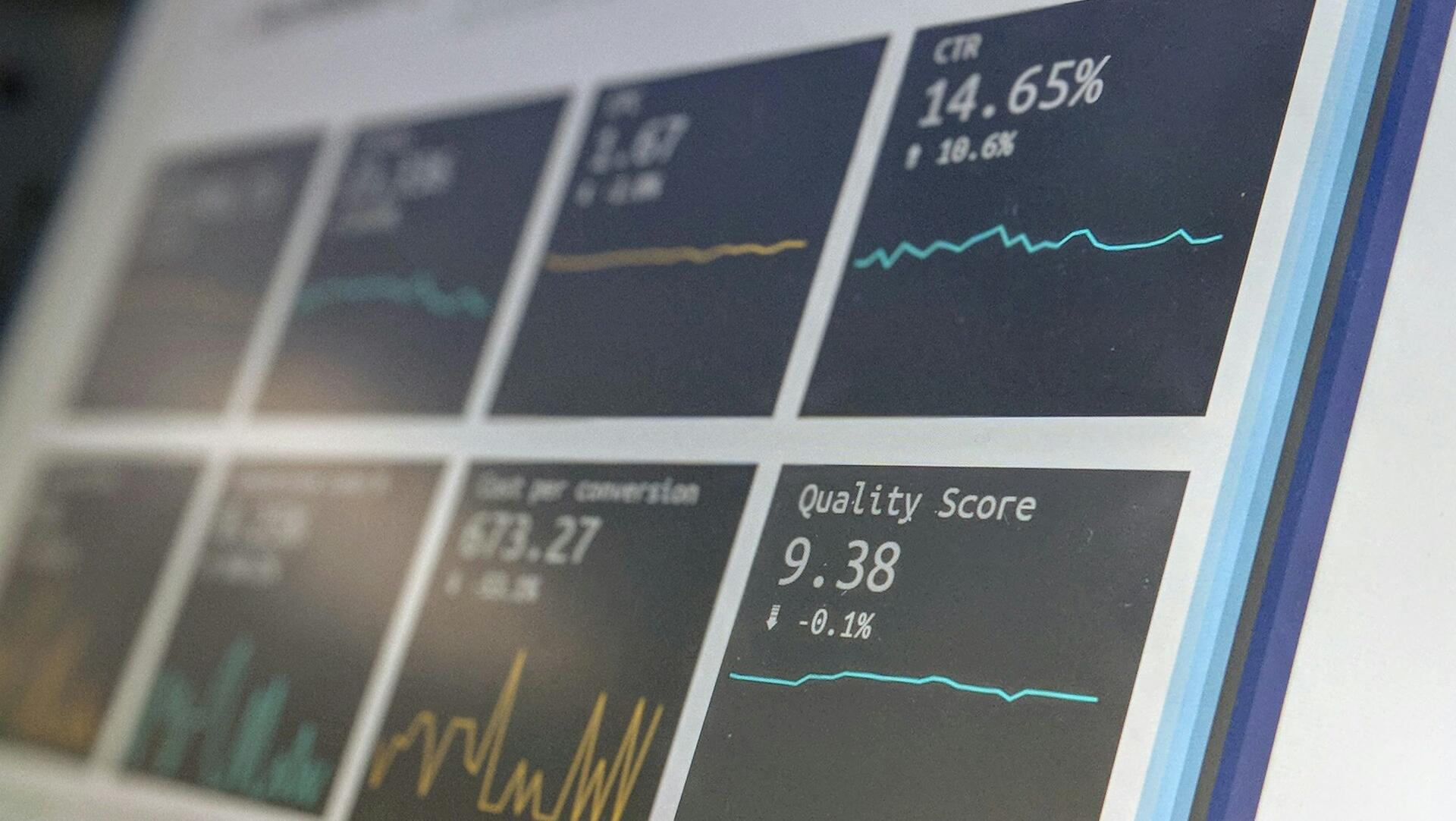United States inflation data for July delivered a mixed but largely reassuring picture that has reinforced expectations for a Federal Reserve interest rate cut next month with markets rallying on signs that tariff pressures may be less severe than feared.
The Consumer Price Index rose 2.7% year-on-year in July, matching June's reading and coming in below the 2.8% consensus forecast.
On a monthly basis, headline CPI increased a modest 0.2%, aligning with expectations and marking a deceleration from June's 0.3% pace.
However, core CPI excluding food and energy accelerated to 3.1% annually, up from 2.9% in June and exceeding the 3.0% forecast.
This marked the highest core inflation reading since February and the first time in six months that the metric failed to undershoot estimates.
Fed policy implications take centre stage
The inflation data arrives at a critical juncture for Federal Reserve policymakers, who held rates steady at their July meeting amid concerns about persistent price pressures and tariff uncertainty.
The central bank has maintained its target federal funds rate in the 4.25%-4.50% range throughout 2025.
"CPI was in line with expectations but the trend is heading in the wrong direction," said Schwab Chief Fixed Income Strategist Kathy Jones.
She noted the data "may not prevent a rate cut" in September because current policy remains restrictive.
Market pricing for September rate cuts surged following the release, with traders now assigning a 94% probability to a 0.25 percentage point reduction at the Fed's 17-18 September meeting, up from 86% before the data.
The mixed inflation picture reflects ongoing challenges as Federal Reserve Chair Jerome Powell approaches the critical Jackson Hole Economic Symposium later this month, where his August 23 speech will likely provide crucial guidance on policy direction.
Tariff impact shows signs of moderation
While U.S. President Trump's expanding tariff policies had raised concerns about sustained inflationary pressures, July's data suggested a more nuanced picture.
Services prices drove the core inflation acceleration, with airline fares climbing 4% monthly - the largest increase in more than three years.
Several goods categories typically affected by import duties showed limited impact.
Furniture and bedding rose 0.9%, but appliance prices actually fell 0.9%.
Apparel prices barely nudged higher, while video and audio products posted their smallest increase since May.
ANZ analysts had noted ahead of the release that they would be watching whether "core inflation ex-tariffs and core services inflation are continuing at a subdued pace," suggesting that tariff impacts "may be transitory."
Market reaction delivers broad-based rally
Wall Street responded positively to the inflation report, with all three major indices closing at or near record highs.
The S&P 500 surged 1.13% to 6,445.76, marking its first close above 6,400 points, whilst the Nasdaq Composite jumped 1.39% to 21,681.90.
The Dow Jones Industrial Average added 483 points, rising 1.10% to 44,458.61.
Small-cap stocks, which are particularly sensitive to interest rate changes, saw the Russell 2000 soar nearly 3% in its best session in roughly three months.
